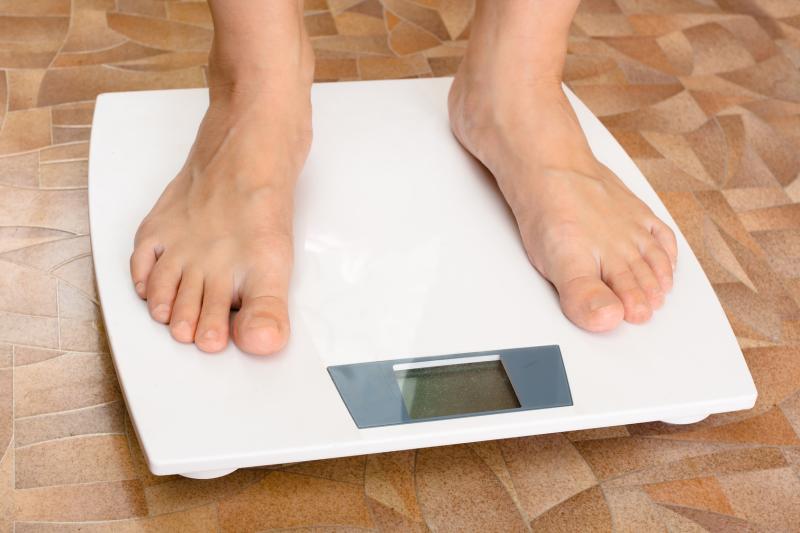 Extreme weight loss results in metabolic penalty where the body burns calories slower.
Extreme weight loss results in metabolic penalty where the body burns calories slower.The use of local anaesthetic pain catheters may reduce opioid use among massive weight loss patients undergoing abdominoplasty, a new study has found.
Of the 61 enrolled patients, 24 used pain pump catheters (PPCs; mean age, 44.7±9.1 years) while 37 were given conventional abdominoplasty analgesia (CAA; mean age, 40.5±9.9 years). The primary study outcome was the amount of opioid used, expressed as morphine equivalents. Length of hospital stay and early postoperative complications were set as secondary outcomes.
Baseline characteristics were comparable between groups, though patients in the PPC group were more likely to have any comorbidity and to be smokers. They also had marginally higher body mass index (BMI) and lost more weight overall.
Moreover, PPC participants used a mean of 14.0±14.0 mg of opioids, significantly less than the 74.6±73.3 mg requirement in their comparators (p<0.001).
Of the secondary outcomes, only hospital stay differed between treatment arms and was significantly longer in those who were given CAA (3.8±1.0 vs 3.1±1.1 days; p=0.023). There were no between-group differences in operative time, resection weight, estimated blood loss and total ward drainage. PPC and CAA patients were followed for a mean of 32.2±36.3 and 36.3±32.5 months, respectively (p=0.648).
“Our results are encouraging to use pain pump catheters, especially with patients that carry increased risk of chronic pain, adverse effects related to use of opioids or opioid misuse,” researchers said.